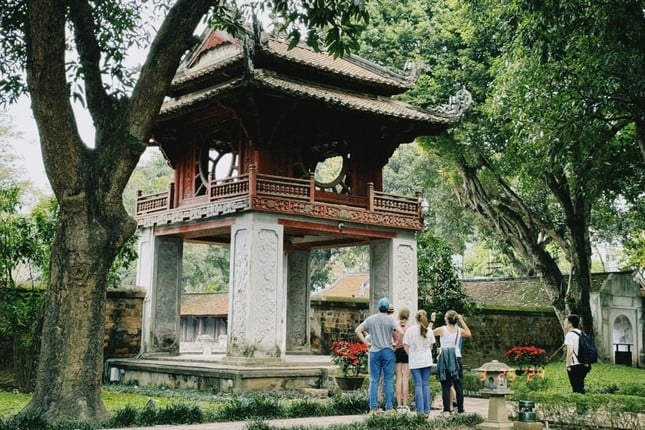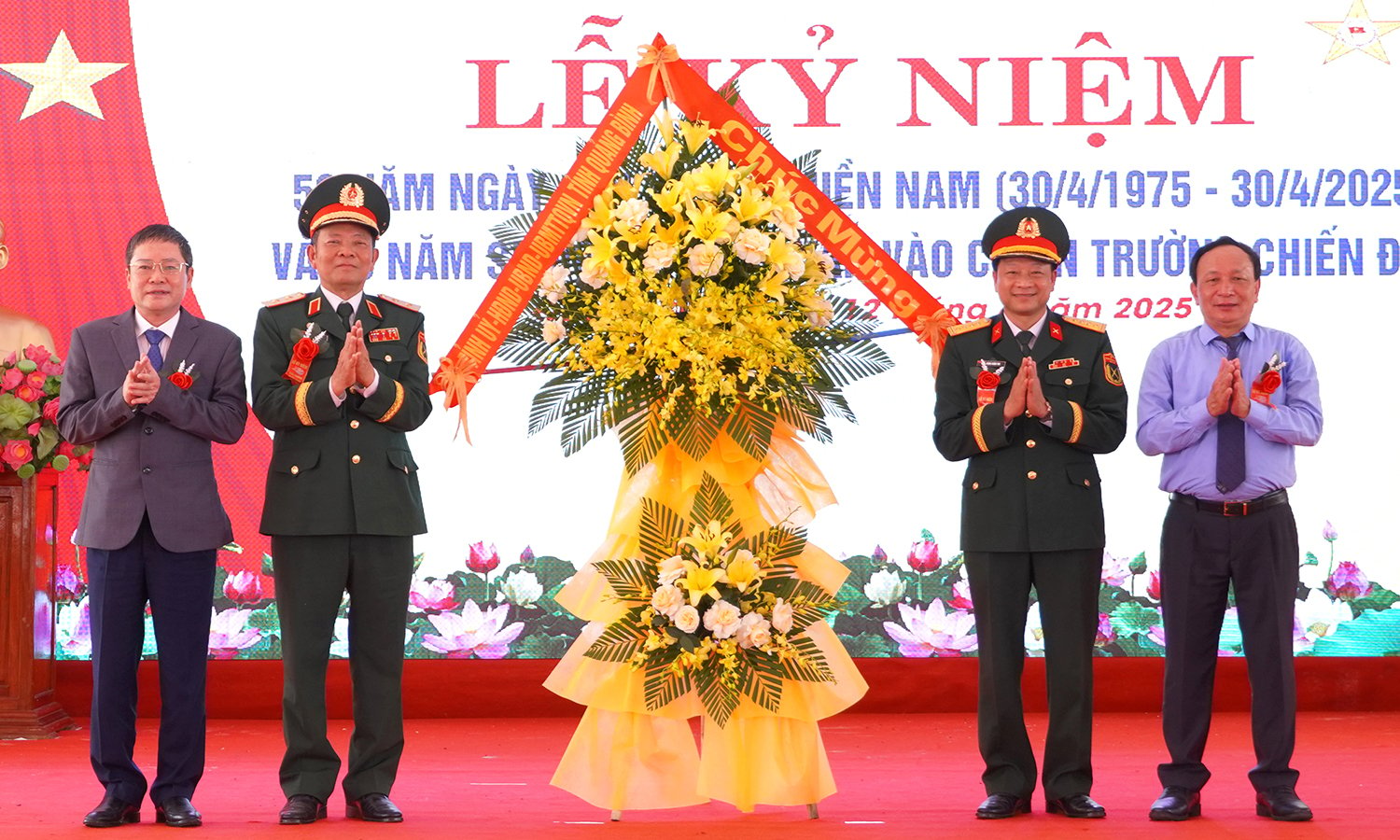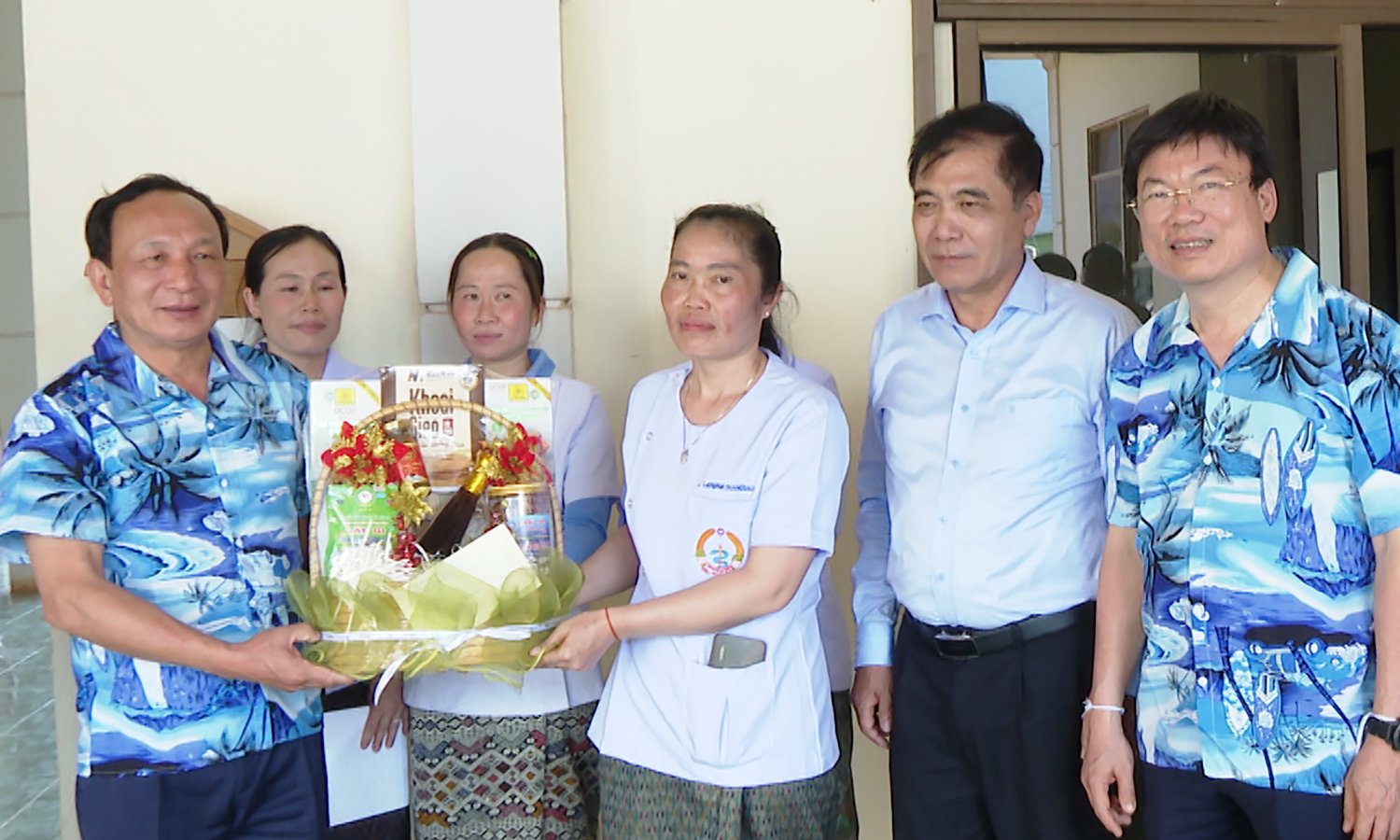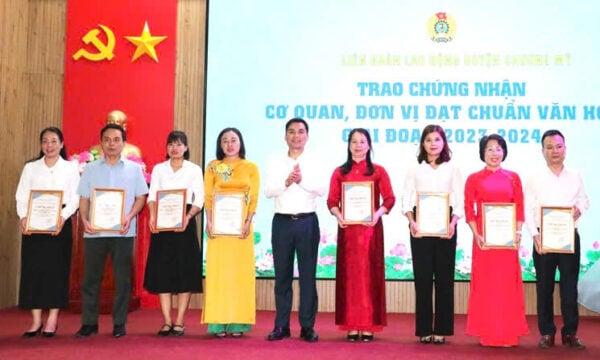
North South
Northern Female
Southern Women
Southern Men
A common visa agreement for Southeast Asia has the potential to have a dramatic impact on Vietnam's economy, tourism industry and diplomatic relations with other ASEAN countries.
 Việt Nam•02/07/2024
Việt Nam•02/07/2024
North South
Northern Female
Southern Women
Southern Men
A common visa agreement for Southeast Asia has the potential to have a dramatic impact on Vietnam's economy, tourism industry and diplomatic relations with other ASEAN countries.
Recently, Thai Prime Minister Srettha Thavisin actively discussed the application of a visa form similar to the Schengen visa in Europe for other Southeast Asian countries, including Cambodia, Laos, Malaysia, Myanmar and Vietnam.
Official data shows that the six Southeast Asian countries recorded a total of 70 million foreign tourist arrivals in 2023, with Thailand and Malaysia accounting for more than half of the total revenue, generating about $48 billion. With this idea, Prime Minister Srettha Thavisin wants to promote seamless travel for tourists between the six countries in the region.
According to Dr. Nuno F. Ribeiro - Senior Lecturer in Tourism and Hospitality Management, Faculty of Business, RMIT University Vietnam, the Southeast Asia Common Visa is an initiative proposed by Thailand for 6 ASEAN countries with the aim of streamlining visa regulations and creating a single visa for the above countries. This initiative is in line with the general trend of cooperation and integration in the ASEAN region as stated in the ASEAN Future Forum held in Hanoi in April.
“Essentially, this common visa will allow foreign nationals to visit six countries with a single visa and move between these countries during the visa validity period,” said Dr. Nuno F. Ribeiro.
 |
| Temple of Literature in Hanoi, Vietnam. Photo: Unsplash. |
Dr. Nuno F. Ribeiro said that the main benefit for Vietnam from implementing a common visa is the potential to boost tourism. The agreement is expected to increase the number of international tourists, especially from high-income and geographically distant markets that Vietnam is looking to attract, such as Europe and North America. These tourists may choose to visit Vietnam as part of their Southeast Asian travel plans. This will increase revenue from tourists, benefiting Vietnam's economy and balance of payments.
In addition, a common visa could create more job opportunities and attract more foreign direct investment, contributing to the dynamism of the tourism industry and the economy.
A study conducted by the United Nations World Tourism Organization (UNWTO) estimates that simplifying visa procedures could significantly increase international tourist arrivals to ASEAN, as well as tourism revenues and jobs. The study forecasts an increase in international arrivals of 3-5.1%, tourism revenues of 2.8-4.7% and employment of 1.6-3.1%.
Dr. Nuno F. Ribeiro said that Vietnam needs to take some preparatory steps to be ready to take advantage of the opportunities that the common visa brings, including establishing bilateral and multilateral agreements with ASEAN countries and other countries.
Accordingly, Vietnam and other member countries need to define a legal framework, address common security and surveillance concerns, and ensure compatibility of visa policies. Participating countries must agree on common entry rules for visitors from third countries and synchronously adjust their entry policies for international visitors to their countries. They must also harmonize their technology and security infrastructure.
 |
Vietnam needs to take some preparatory steps to be ready to take advantage of the opportunities that the common visa brings. Photo: Unsplash. |
If the universal visa becomes a reality, Vietnam should prepare for the potential increase in international tourist arrivals. This means upgrading infrastructure and transport systems, focusing on developing a network connecting different modes of transport and the same mode of transport.
Vietnam also needs to revise immigration procedures and information security, as well as train and improve human resource skills. This is in line with the Tourism System Planning for the 2021-2030 period, with a vision to 2045, approved under Decision No. 509/QD-TTg signed by Deputy Prime Minister Tran Hong Ha on June 13.
Dr. Nuno F. Ribeiro assessed that although a number of issues need to be carefully considered before implementing a common visa and there are many limitations that affect the possibility of this initiative becoming a reality soon, many experts and policymakers are still very optimistic about the potential of this initiative.
“If we are optimistic, it could take two years to implement the initiative, and more realistically, it could take five years. However, given the pace of development and the importance of the tourism industry, things could move faster,” said Dr. Nuno F. Ribeiro.













Comment (0)